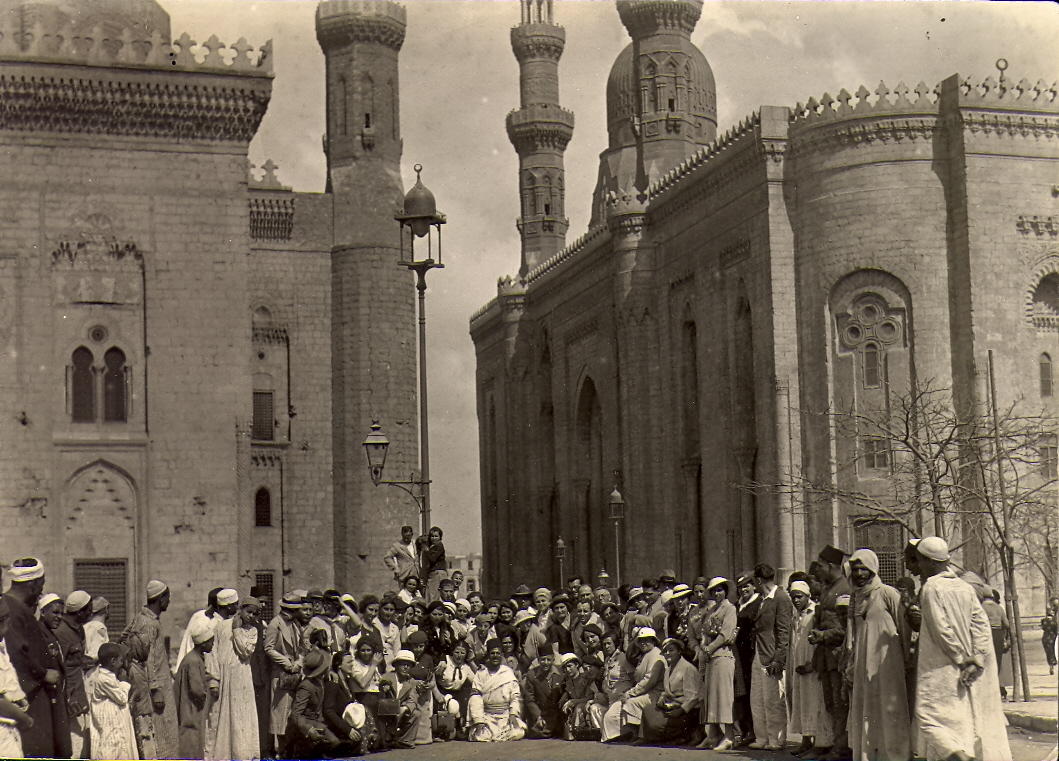This is an archive of megillot written for a Purim Sheni, a second or secondary Purim. In many Jewish communities around the world, “local Purims” celebrating the survival of specific communities are made which include the retelling of stories of their redemption under chilling circumstances. Click here to contribute a reading you have written, translated, or transcribed for a Purim Sheni. Filter resources by Collaborator Name Filter resources by Tag Filter resources by Category Filter resources by Language Filter resources by Date Range
Behold, a full text of the Megillah of Fustat, telling a story of a great miracle that happened in 1524 CE (5284 AM). . . . Categories: Tags: Contributor(s): Presenting the full, somewhat short text of the Megillah of Sebastiano, telling the story of a great miracle that occurred to the Jewish community of Morocco on 1 Elul 5338, or August 4 1578 CE. On that day, King Sebastian of Portugal attempted to conquer Alcácer Quibir in North Africa — and inevitably to force the inquisition on the Jews of Morocco. But he was turned back at the last moment, protecting Moroccan independence for several more centuries. This scroll is traditionally recited in Jewish communities in the Maghreb to celebrate the repulsion of the Portuguese. . . . Categories: Tags: Contributor(s): The Megillat Saragossa (also known as the Megillat Syracusa) in Hebrew and English, named after the tale of rescue and reversal of fortune in the cultural memory of some Sepharadi communities, to be read on the 17th of Shəvat. . . . Categories: Tags: Contributor(s): In many Jewish communities around the world, there have been traditional scrolls read for “local Purims,” celebrating redemptions for a specific community. Here in America, we don’t really have an equivalent to that. But we do have Thanksgiving, a day heavily inspired by Biblical traditions of celebration, and one long associated with all that is good about America. Some Jewish communities have a tradition on Thanksgiving of reading Washington’s letter to the Jews of Newport, where he vows to support freedom of religion, famously writing that the United States “gives to bigotry no sanction, to persecution no assistance” – thus rephrasing words originally written in a prior letter by Moses Seixas (say-shas), the sexton of the Touro Synagogue in Newport. This text includes the original English of both Moses Seixas’ letter to Washington and Washington’s return, as well as a somewhat simplified version of the story of Washington’s visit to Newport. Inspired largely by the style of the Book of Esther, it could be read on Thanksgiving morning during the service, using Esther melodies (or going on detours as per personal choice). . . . Categories: Tags: Contributor(s): A megillah for a Purim Sheni commemorating a day of salvation the Jewry of the United States during the Civil War. . . . Categories: Tags: 19th century C.E., 57th century A.M., Abraham Lincoln, Slaveholders' Rebellion (1861-1865), American Jewry of the United States, Cesar Kaskel, Emancipation, General Order No. 11, י׳ג טבת Tevet 13, Ulysses Grant, United States Contributor(s): This is a letter written by Rev. Jacob Gerstein in the form of a megillah to honor President Woodrow Wilson for his military support of France, thereby defeating Kaiser Wilhelm, Emperor of Germany, and ending World War Ⅰ. Rev. Gerstein notes the Hebrew/Jewish calendar date for the end of hostilities as 7 Kislev 5679 (11 November 1918). The letter was sent some time while Wilson was engaged in peace talks in France after the war, between 14 December 1918 and 28 June 1919. The English translation presented here is the one offered by the author of the megillah. The transcription here was made from a copy of the letter published for Armistice Day (11 November) 1921, לזכרון עולם (L’zikaron Olam ≈ “Everlasting Memorial”), מגילת נצחון (megilat nitsaḥon ≈ “Victory Scroll”). . . . Categories: Tags: Contributor(s): A megillah attesting to the terrible events of World War II from the vantage of North African Jewry in Casablanca. . . . Categories: Tags: Contributor(s): |



